Menu
Trees are vital to our environment, providing shade, beauty, and ecological benefits. However, sometimes trees develop structural weaknesses that cause dangerous situations or loss premature tree removal emergencies. With that in mind, tree cabling allows property owners to support these weakened branches or limbs. Driscoll Tree Service can provide pertinent information and guidance if you are uncertain about tree cabling. Let's explore what tree cabling is to help you make an informed decision.

Hiring a tree care company for professional cabling services ensures support for weak branches and reduces the risk of failure. This process helps maintain the tree's structure by distributing stress evenly across the tree. Cables are usually made of high-strength steel and are attached to bolts installed in the limbs that require support. Arborists recommend this method because it is useful for large trees with significant value.
Tree cabling offers many benefits. It enhances the safety of your loved ones and property. By stabilizing weak branches, arborists mitigate the risk of branches breaking and causing damage or injury. Another benefit of cabling is preserving valuable trees. Instead of scheduling emergency tree removal projects, cabling allows trees to remain in place for aesthetic and environmental benefits. Reducing the strain on weaker branches allows the tree to allocate more resources to overall growth and vitality.
Tree cabling becomes necessary in several scenarios. One common reason tree service experts recommend cabling is to prevent risky situations like splitting. In addition, trees with significant structural defects, such as cracks or decay, benefit from the added support of cabling. Consulting certified arborists can help you determine if cabling is necessary.

Experts recommend two primary types of cabling tree service: static and dynamic. Static cabling systems use rigid cables and bolts to provide permanent support, which is ideal for trees with significant structural issues. On the other hand, dynamic cabling systems use more flexible materials like synthetic ropes, allowing for natural movement while still providing support. Dynamic systems are often used for younger trees or those with less severe structural problems, as they promote natural growth and flexibility.
Once a tree cabling system is installed, regular maintenance and monitoring by a tree care company are crucial. Cables and bolts can deteriorate over time, especially under harsh weather conditions. An arborist should inspect the system periodically to ensure it remains effective and make any necessary adjustments or replacements. Proper maintenance helps extend the lifespan of the cabling system and the tree itself, ensuring ongoing safety and health.
Tree cabling is valuable for managing and preserving trees with structural weaknesses. By providing additional support, cabling enhances trees' safety, health, and longevity. Whether dealing with a beloved old oak or a young sapling, Driscoll Tree Service can provide cabling services to maintain a healthy and beautiful landscape. We conduct regular inspections and proper maintenance to ensure the cabling system's effectiveness, securing our trees' future.

Pruning Mistakes That Invite Pests Into Your Home Proper pruning keeps trees healthy, encourages strong growth, and grabs the attention of prospective buyers and tenants. When pruning is done hastily or incorrectly, however, it can open the door to much…
Read More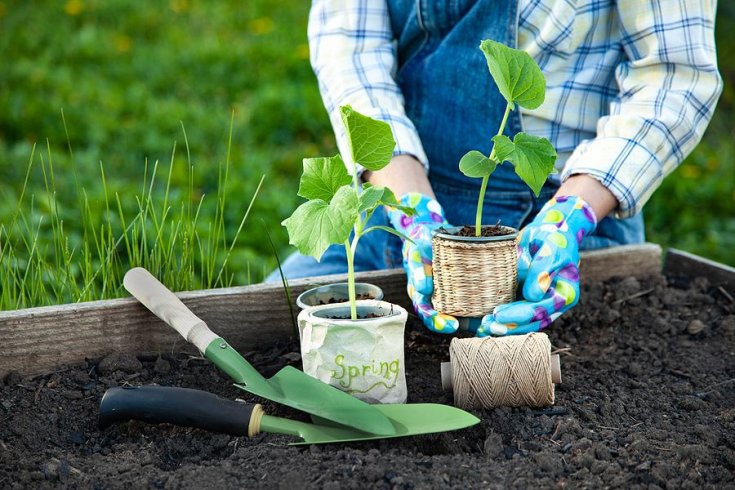
Do's and Don'ts of Tree Planting As winter approaches and the rains approach, it is an excellent time for tree planting. Trees are a valuable addition to any landscape; like other living things, they need regular maintenance and care. At…
Read More
Have You Hurricane-Proofed Your Trees Yet? In the Southeast U.S., hurricanes aren’t just an occasional threat - they're a part of life. Georgia, in particular, faces frequent tropical storms and hurricanes that bring high winds, heavy rain, and the potential…
Read More
Guide to Tree Removal Insurance When a tree falls in the forest, it is nobody’s problem. However, the repercussions can be dire if a tree falls on your property. Storms and strong winds often cause tree-related damage, especially if the…
Read More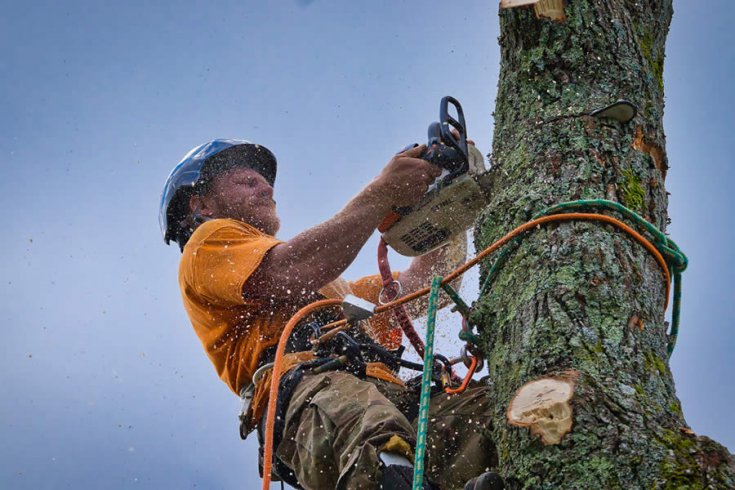
Everything You Need to Know About Residential Tree Clearing Trees provide a range of benefits for your property and the ecosystem. However, there are instances clearing is vital to mitigate safety hazards and costly damages in the future. Before hiring…
Read More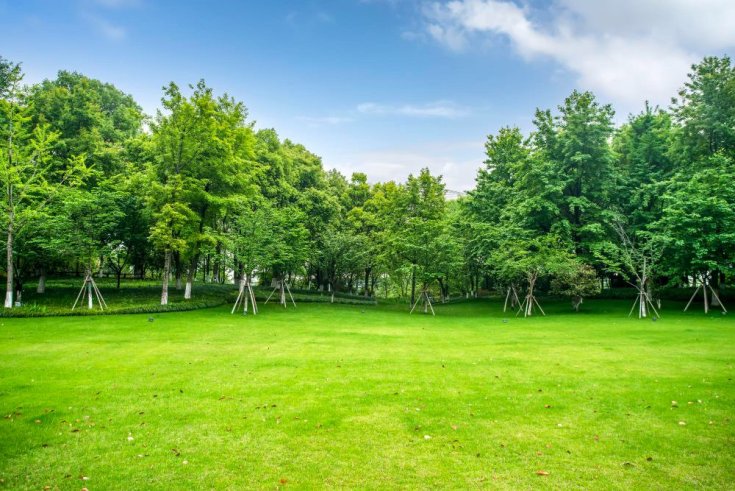
Most Interesting Facts About Trees Trees provide more than just clean air for the planet; they are entities that have been around for many years, bearing witness to Earth’s rich history. As a professional tree care company, the Driscoll Tree…
Read More
What Are Hidden Underground Hazards? Underground hazards are often overlooked, yet they pose significant risks to public safety, infrastructure, and the environment. These hazards range from natural occurrences to human-made dangers, and knowing them is crucial for any property owner.…
Read More
Removing Trees in Confined Spaces People living in urban and suburban settings often own homes with small yards. This is common in congested areas since most properties are close together. This can pose significant issues regarding tree removal, hence the…
Read More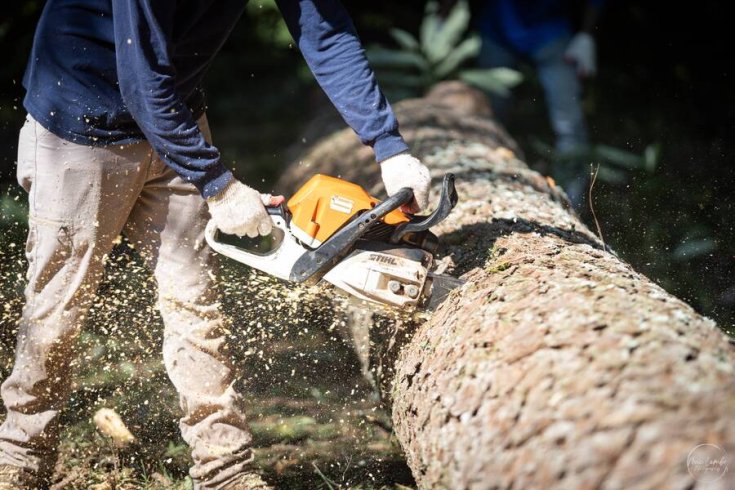
When Is It Time to Say Goodbye to a Tree? Signs Your Tree Might Be Better Removed There’s nothing like sitting under a shady oak on a hot Georgia afternoon or watching the dogwoods bloom in spring. We love trees…
Read More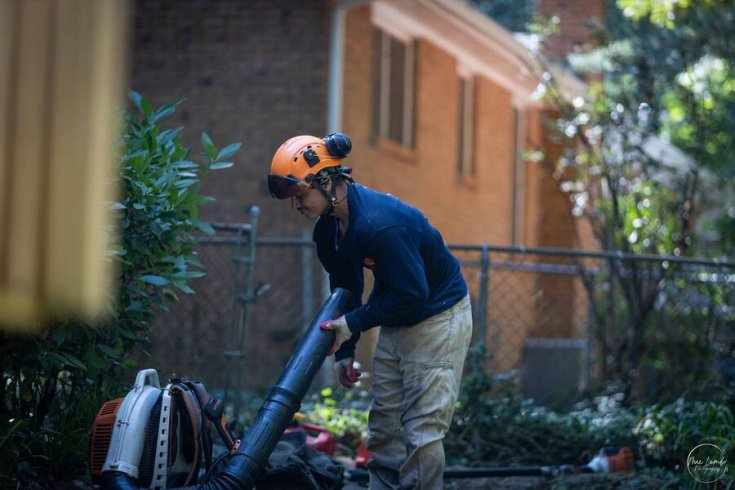
It should go without saying that when it comes to caring for your trees, hiring a professional is always the smarter choice. Whether you’re dealing with routine trimming, storm cleanup, or a full tree removal, the risks and complexities make…
Read More